Raising peacocks is not so easy, considering the origin of these birds. As tropical birds, it can be a bit challenging to raise peacocks in temperate regions. It can be even more difficult to raise peacocks in winter as they do not like the cold. How can you care for peacocks in the winter? Read this easy guide.
Table of Contents
How to Care for Peacocks in Winter
Caring for peacocks in winter will be super easy after you read and use all the tips below.
1. Give Them a Large Space to Roam
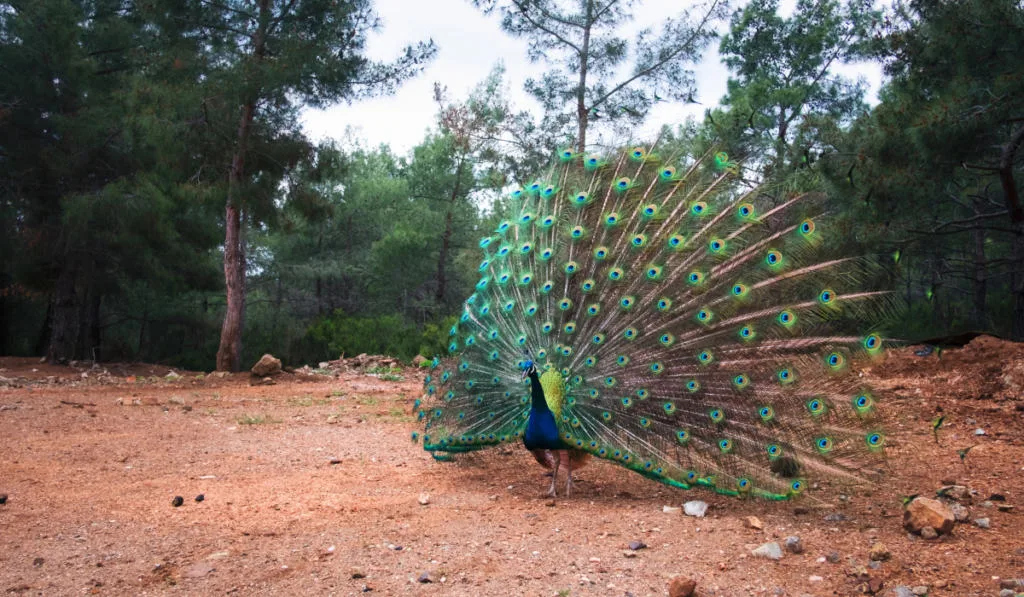
Space is very important for your peacocks. If you cannot give your peacocks enough space for them to roam freely, even in winter, you should not raise them until you have the space.
Most birds need a coop, but peacocks need a coop with enough space. Peacocks need space to roam and spread their feathers.
Aside from providing space for the birds to roam and spread their feathers, a larger coop will help your peacocks to stay warm. Just make sure that the coop is well-insulated (to be discussed later), and your peacocks will be just fine. After creating enough space, follow the tips below.
2. Always Monitor and Adjust the Temperature
As tropical birds, peacocks will prefer a warm environment to a cold one. To help keep your peacocks warm in their coop, use the suggestions below.
- Heat Lamp: A heat lamp is the first thing to consider for warmth. Even though there are other ways to keep your birds warm, a heat lamp is the most conventional way. You can install multiple heat lamps in the coop if one is not enough. Make sure that you have a thermometer nearby.
- Bedding: Bedding is very important in a coop. If the coop is directly on the ground, you should use bedding to prevent your peacock’s feet from touching the cold ground. Bedding also helps to trap warm air.
- Roost: Even though peacocks do not need to roost, they will surely appreciate it if you install something they can perch on in the coop.
Always remember that temperature is a very important factor when raising peacocks.
3. Take Note of the Ventilation
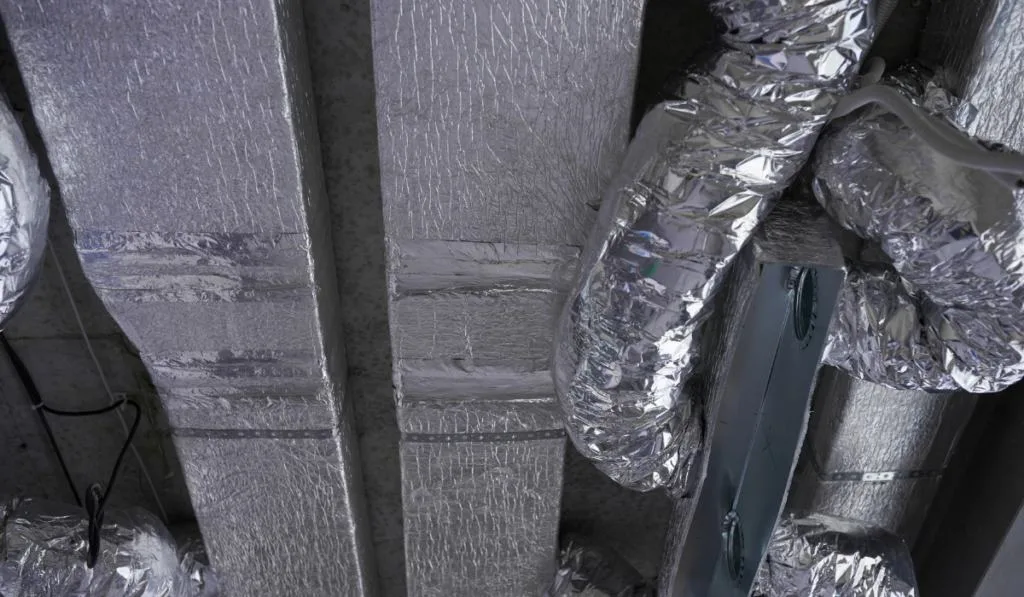
Many people make ventilation mistakes in winter. Even if you want the coop to be warm in winter, you must pay attention to the ventilation. Without proper ventilation, your peacocks won’t get fresh air, and there could be a buildup of moisture in the coop.
Make sure that the coop has windows to permit airflow. Also, you can decide to open the coop door but make sure that there is no wind blowing as peacocks don’t tolerate drafts very well.
Always remember that ventilation is very important, even in winter (as your peacocks won’t have enough air without ventilation).
4. Provide Sufficient Food and Water
Your goal is to keep your peacocks healthy, even in winter. The best way to tell that your peacocks are healthy is when they are eating and drinking. Do not reduce their feed in winter. Instead, encourage them to eat more, as digestion can help keep your peacocks warm.
You should ensure that your peacock’s diet is rich in protein. If your peacocks are losing their appetite, you can give them more attractive feed, such as live feed, grains and seeds, or boiled beans.
Also, make sure that they always have clean water in their water trough. Make sure that the water is not too cold.
5. Give Them Cracked Corn or Other Grains at Night
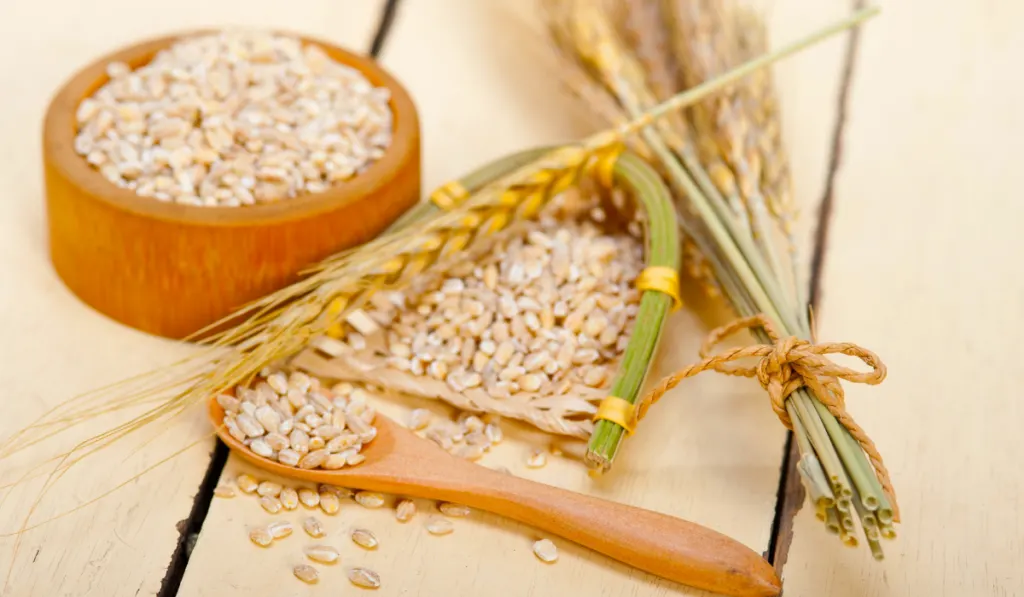
A hot tip to help keep your peacocks warm during the cold nights of winter is to give them grains at night. Remember that birds can get warm when digesting food. Giving your peacocks grains at night can also keep them active at night, so they can stay warm.
Examples of grains that you can give to peacocks are:
- Maize (corn)
- Barley
- Millet
- Rye
- Wheat
If you want your peacocks to digest their corn quickly, you should give them cracked corn instead of whole kernels. Only give as much grain as your peacocks can eat in one night. You should dispose of any leftover grain the next morning.
6. Add Extra Light if Needed
You can trick your peacocks into becoming active at night when you give them light.
Only do this if you want them to be active or to eat at night. If you have mature peacocks, you can let them sleep as they do not need extra food at night. But your younger peacocks should eat as many times as possible.
The extra light you install in the coop (if you decide to) won’t significantly increase the coop temperature. If you want the temperature increased, use a heat lamp or other methods.
Just give light to your peacocks (especially baby peacocks) so that they can eat and stay active at night.
7. Monitor Their Behavior Outside
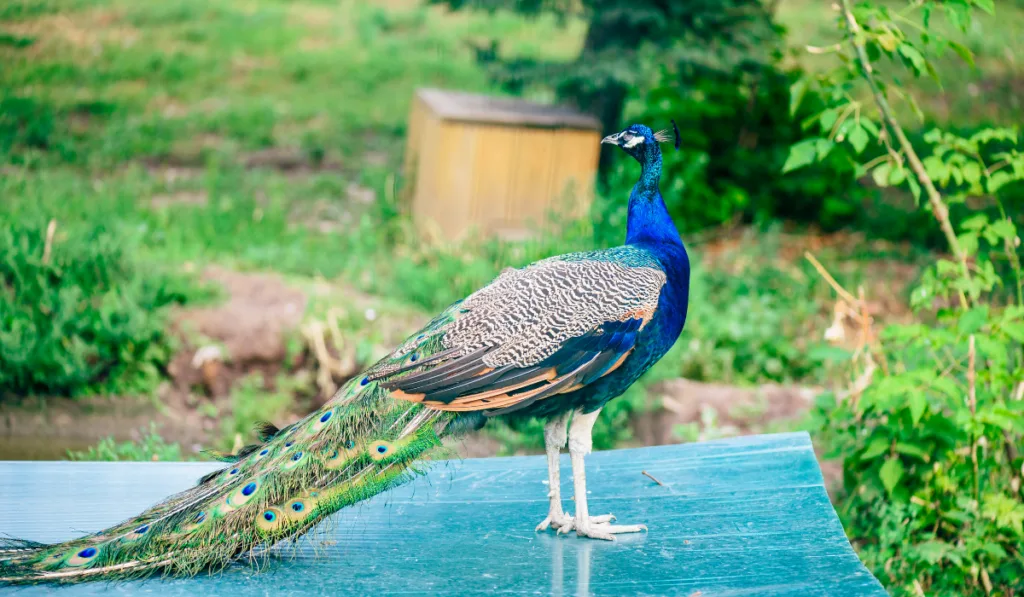
Can peacocks go outside in winter? It depends on the peacock’s personality. Some peacocks might want to stay indoors while others opt to go outside.
Whenever there isn’t strong wind, you can open the coop doors and see which peacocks go outside and which stay inside. If most peacocks stay inside, it would be a bad idea to leave the door open. If most peacocks go outside, monitor their behavior for changes to see if they are healthy or sick.
Please keep your peacocks and other birds inside when it is windy so that they do not get sick from the wind.
8. Give Them a Green Piñata
A green piñata for your peacocks is not essential, but it is fun for them, and it can keep them active. A green piñata is the head of any vegetable, such as cabbage or lettuce, that you hang from the coop ceiling.
Your peacocks will jump up and peck at the hanging vegetable. Jumping peacocks can stay warm while getting extra food (nutrients) from their piñata. If you like, you can hang multiple piñatas in their coop.
Do not leave a piñata in the coop for more than 24 hours, as the vegetables can become bad after that period.
9. Take Them Inside
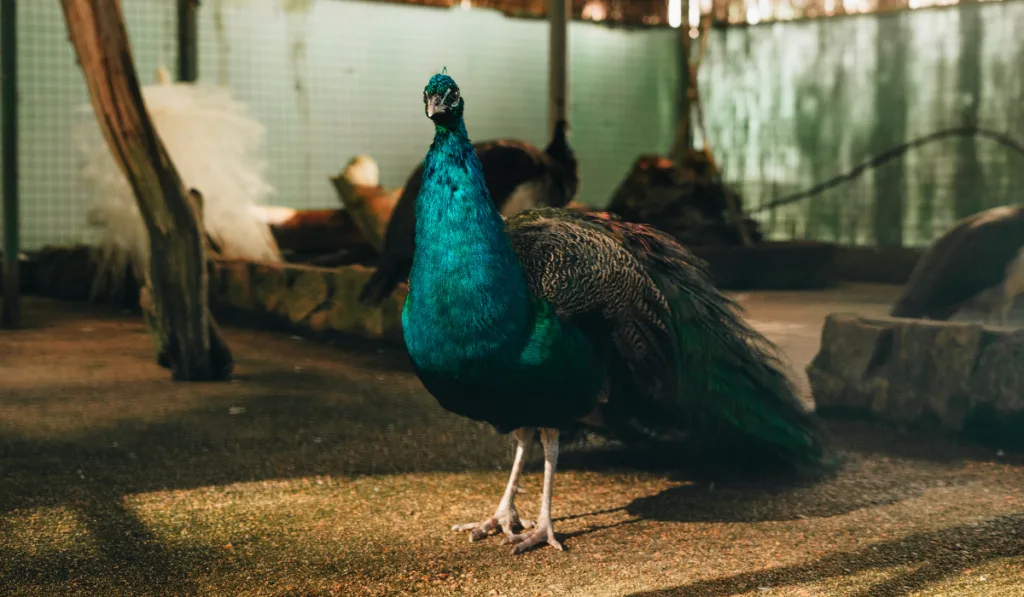
If you are not very comfortable with leaving your peacocks in their coop in winter (i.e., without your constant supervision), you can take them indoors and keep them in your garage or a similar place in your home until winter is over. Keep them in a place where you can easily check on them.
Note that, just like other birds, peacocks can be noisy, and they poop constantly. You need to plan before bringing your peacock indoors because their poop can attract flies and microbes that can affect your health if you do not regularly remove their waste.
Now you know several tips for caring for your peacocks in winter. Make sure that your peacocks are healthy and warm in the cold.
Related Questions and Answers
Do you have any other questions? Here are some answers:
1. Do Peacocks Need a Heat Lamp?
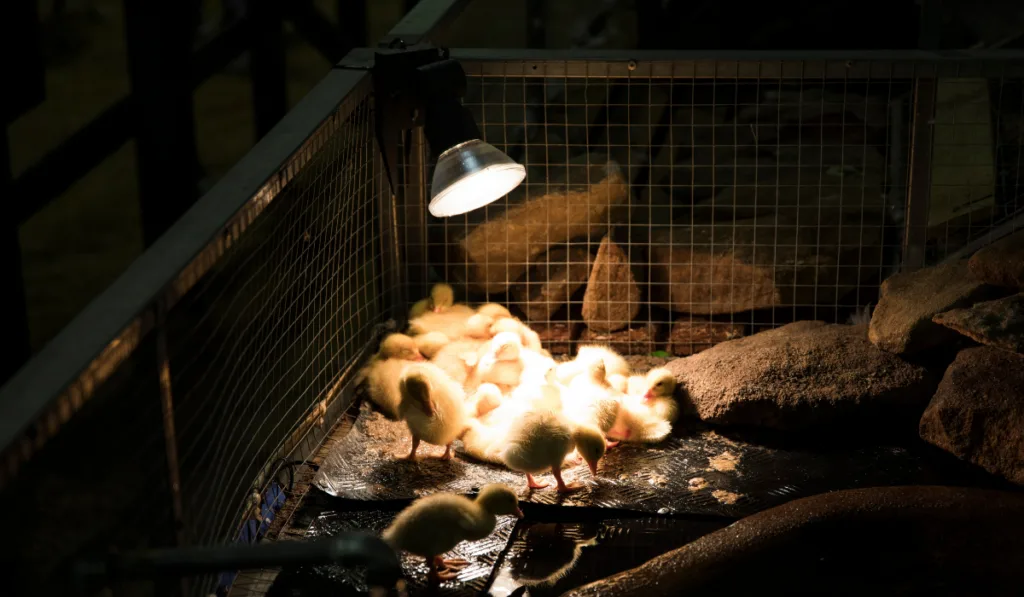
Peacocks do not need a heat lamp, but it is recommended that you install one, as installing heat lamps is a very easy way to keep them warm. If you have mature peacocks, they can keep themselves warm by eating and huddling if need be.
To be sure that your birds are as warm as you need them to be, however, you should install a heat lamp and carefully monitor the temperature. You will need a thermometer to monitor the coop temperature to make sure that it is not too hot or cold for your peacocks.
Increase the temperature or brightness of your heat lamps if the coop is too cold, and decrease them if the coop is too warm.
2. How Can You Tell If Your Peacocks Are Too Cold?
When your peacocks are too cold, you will see these signs.
- Reduced appetite: When you notice that the birds are not eating as much as they should, they could be feeling too cold.
- Always huddling: Are your peacocks always huddling in winter? Install heat lamps in their coop, as they are feeling cold.
3. What Should You Do If Your Peacocks Are Too Cold?

Here are some tips for when your peacocks are feeling too cold.
- Keep them under close supervision: This is a great time to keep the peacocks indoors so that you can monitor them closely. Also, ensure that they get everything that they need, such as food and water.
- Keep them warm: Follow all the steps listed above in this article to keep your peacocks warm.
- Call the vet: Call the vet when you notice that your peacocks are too cold or when they are feeling sick. Also, follow the vet’s instructions.
Final Thoughts
Peacocks are tropical birds that love a warm environment, so you want to prevent them from feeling too cold, especially in winter. To help your birds stay warm in winter, use all the tips listed in this article.
Now you can easily care for your peacocks in winter. Remember to keep them warm always.
Sources
- https://askinglot.com/are-peacocks-winter-hardy
- https://farmhouseguide.com/can-peacocks-live-in-cold-weather/
- https://www.thespruce.com/keep-chickens-in-winter-3016590
- https://www.ehow.co.uk/how_5863922_care-peacocks-winter.html
- https://everythingwhat.com/what-do-you-do-with-peacocks-in-the-winter
